10 Sweet Alternatives to Honey That’ll Make Your Taste Buds Dance
Honey’s natural sweetness and moisture enrich countless dishes, from baked goods to marinades, but sometimes you need alternatives.
Maple syrup, agave nectar, and date syrup all bring sweetness with their own flavor profiles and textures.
Some options add unique notes that can subtly alter your recipe.
These ten honey substitutes help maintain moisture and flavor balance.
Understanding each alternative’s characteristics allows you to match sweetness levels effectively.
Sweeten your tea or bake your favorite treats with these natural replacements.
Discover versatile, tasty options for honey-free cooking.
Common Reasons to Replace Honey
What Can Work In Place of Honey
Honey replacements add natural sweetness and moisture to baked goods and drinks with diverse flavor profiles. Multiple alternatives offer exciting taste options. See which could work best for your recipes.
Brown Rice Syrup
Brown rice syrup offers a fantastic alternative to honey with its mild, subtle sweetness rather than an overwhelming sugary taste.
This sticky, golden liquid maintains all the moisture-adding benefits of honey while providing a more understated flavor profile for recipes where honey might be too dominant.
Many health-conscious bakers appreciate that brown rice syrup typically comes from organic sources without artificial ingredients or processing.
The convenient one-to-one substitution ratio makes recipe conversion incredibly simple - just use exactly the same amount as you would honey.
Despite its advantages, some people might find its thick, sticky texture slightly messier to work with than expected.
Molasses
Molasses provides a fantastic honey substitute in recipes, with light and dark varieties being the most readily available in U.S. stores.
Swapping either type at a one-to-one ratio won't affect your dish's texture, though subtle flavor differences might emerge if honey is a key ingredient.
In most cases, the taste variation remains barely noticeable when you use the simple substitution of 1/4 cup molasses for the same amount of honey.
Three other types exist beyond these common options- blackstrap molasses, sorghum, and treacle- each offering their own distinctive flavors and consistencies for culinary exploration.
You appreciate molasses not only as a honey alternative but also for its rich, slightly bitter sweetness that adds depth to cookies, breads, and barbecue sauces.
Maple Syrup
Maple syrup makes an excellent replacement for honey in recipes, offering a rich, distinct flavor profile that many people enjoy.
The good news is substituting these sweeteners requires no complicated math - simply use the same amount of maple syrup as the honey called for in your recipe (like 1/4 cup maple syrup for 1/4 cup honey).
While the two sweeteners don't taste identical, the difference usually enhances rather than detracts from most dishes, adding a deeper, more complex sweetness that works wonderfully in baked goods and sauces.
Most recipes maintain their expected sweetness level with this swap, though you might notice subtle flavor changes that actually improve the final result.
Anyone who appreciates the unique taste of maple syrup will likely find this substitution creates equally delicious, if slightly different, versions of their favorite honey-based recipes.
Agave Nectar
Agave nectar stands out as a popular sweetener that many people now use instead of sugar or honey.
This natural alternative offers slightly more sweetness than honey, making it perfect for those who enjoy intensely sweet flavors.
Because agave has a thinner consistency, recipes require about 25% less liquid when making the switch.
One important consideration involves cooking time, as agave nectar browns faster than traditional sweeteners, potentially requiring lower oven temperatures to prevent premature browning.
For best results when replacing honey, simply use equal measurements – 1/4 cup agave nectar for 1/4 cup honey.
Agave also contains beneficial compounds that some health-conscious cooks appreciate, though moderation remains key with any sweetener.
Coconut Syrup or Nectar
Coconut syrup stands out as a fantastic honey substitute, especially for vegans seeking plant-based alternatives to sweeten their foods.
This natural sweetener, derived from coconut blossoms, mimics honey's texture while offering health benefits like a lower glycemic index and reduced sugar content compared to conventional sweeteners.
Most people appreciate its unique caramel-like flavor profile, though it's worth noting that coconut syrup isn't quite as sweet as honey.
For best results in recipes, a one-to-one substitution works well, though you might want to add a little extra if you prefer more sweetness.
Many health-conscious consumers choose coconut syrup when watching their sugar intake, making it increasingly popular despite being less well-known than alternatives like agave nectar.
Brown Sugar
Brown sugar stands out as an excellent honey substitute when you need a sweetener in recipes, with most people already having it readily available in their kitchen cupboards.
This common pantry staple works perfectly when mixed into tea, coffee, or baked goods, though it's less ideal as a spread or topping where honey's texture matters.
For best results, you may need to add slightly more brown sugar than the honey amount called for in your recipe to achieve the same level of sweetness.
The simple substitution ratio makes it easy - just replace 1/4 cup of honey with 1/4 cup of brown sugar in your cooking.
Regular moderation remains important since brown sugar still contains the same calories and effects as other sugars despite its molasses-rich flavor.
Light Corn Syrup
Substitution with light corn syrup offers the closest match to honey in most baking recipes, providing similar sweetness and texture in a straightforward one-to-one ratio.
Many bakers appreciate this option when they need an immediate replacement, though it's not particularly health-conscious compared to natural sweeteners.
For recipes where flavor isn't critical, dark corn syrup can work too, but its stronger, earthier taste resembles molasses more than honey's delicate notes.
The simple quarter-cup swap makes adjusting recipes easy without complicated math or measuring.
Pantry staples like these can save a baking project when you discover an empty honey jar mid-recipe.
Simple Syrup
Substitution techniques can revolutionize your cooking when specific ingredients aren't available in your kitchen.
Simple syrup, a mixture of sugar and water, is an excellent replacement for honey in most recipes without compromising flavor or sweetness levels.
Many cocktail experts and professional chefs regularly use this versatile liquid sweetener in their creations because it blends seamlessly into both hot and cold preparations.
The process requires just heating equal parts water and sugar until completely dissolved, then cooling before storing in your refrigerator for up to a month.
Brown sugar syrup delivers a deeper, more complex flavor profile that more closely mimics honey's distinctive taste, making it the preferred option for discerning palates.
You can easily swap honey with an equal amount of simple syrup in most recipes, though you might notice slight texture differences in baked goods.
Date Syrup
Date syrup offers a fantastic honey substitute made simply from Medjool dates and water, providing a completely natural sweetener with the bonus of antioxidants and fiber.
Making this syrup follows a straightforward process where you combine chopped, pitted dates with water, then simmer the mixture until it softens.
After cooling, the mixture goes into a blender until smooth, followed by straining to remove any remaining solids.
The resulting liquid needs a second round of cooking on the stove to achieve that perfect syrup consistency.
Though this homemade alternative requires more preparation than store-bought options, the rich flavor and nutritional benefits make the effort worthwhile when substituting at a 1:1 ratio for honey in recipes.
Barley Malt Syrup
Barley malt syrup is an excellent molasses substitute due to its similar thick consistency and rich flavor profile.
Many bakers and chefs reach for this versatile ingredient when they run out of honey, using it at a two-to-one ratio in recipes.
The syrup isn't quite as sweet as honey, which means doubling the amount in your recipe - specifically, swapping 1/4 cup of honey with 1/2 cup of barley malt syrup.
This substitution may slightly alter your recipe's texture and taste because of its distinct maltiness and thicker consistency.
Despite these minor differences, barley malt syrup remains a reliable alternative when other sweeteners aren't available in your pantry.
How to Adjust Recipes When Swapping Honey
Honey Alternatives’ Best Uses by Recipes
Different honey swaps work better depending on what you’re making. Here’s how to match the right alternative to the right recipe type:
Baking Cakes, Muffins, and Cookies
Use thicker, mildly sweet alternatives that blend smoothly into batters without making them runny. Consistent texture helps with even rising and moisture.
Glazes and Roasts
Go for options that caramelize well under heat. A sticky texture with balanced sweetness can help coat meats or veggies evenly and create a rich finish.
Dressings and Marinades
Look for liquid swaps that mix well with oil and vinegar. Gentle sweet note can balance tangy or savory flavors without being too bold.
Dessert Toppings and Drizzles
Smooth, pourable substitutes with a pleasant finish work great over yogurt, pancakes, or fruit.
Tea and Hot Drinks
Choose thin, light substitutes that dissolve easily without overpowering the drink’s natural flavor.
Homemade Sweetener to Replace Honey
If you're looking for a simple, homemade substitute for honey, brown sugar syrup is an excellent choice.
It offers a similar sweetness and consistency, making it versatile for various recipes.

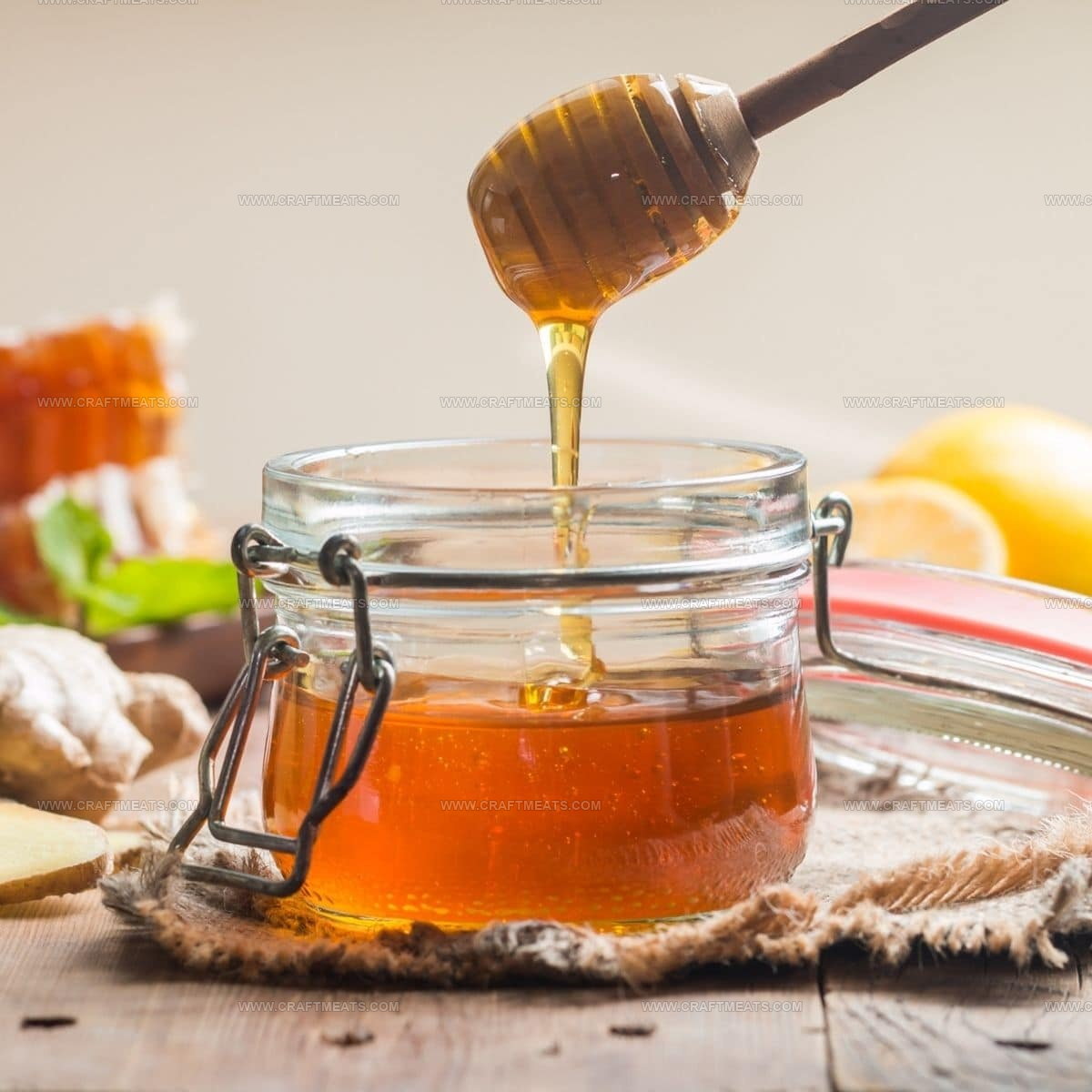
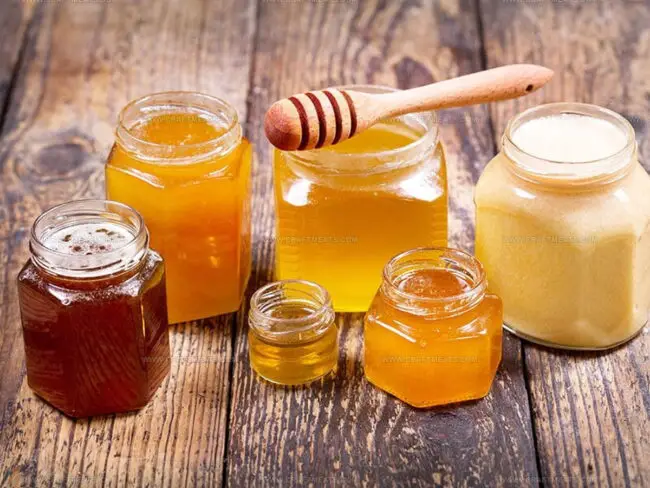
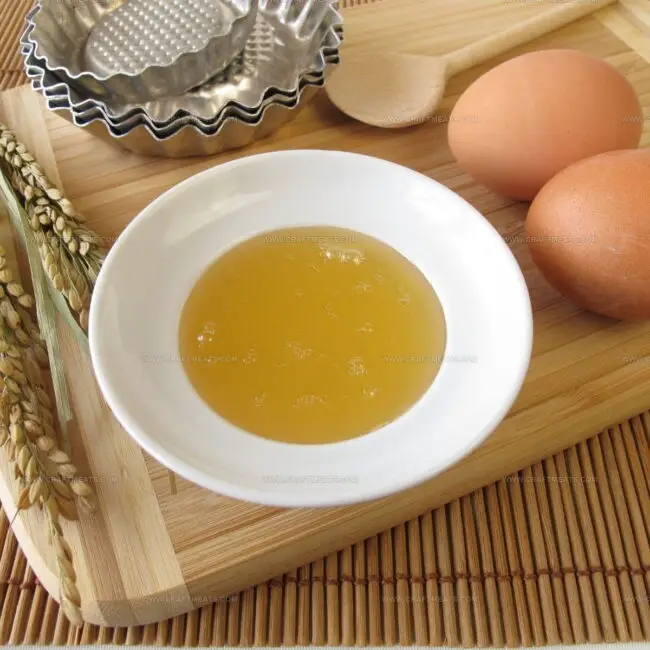
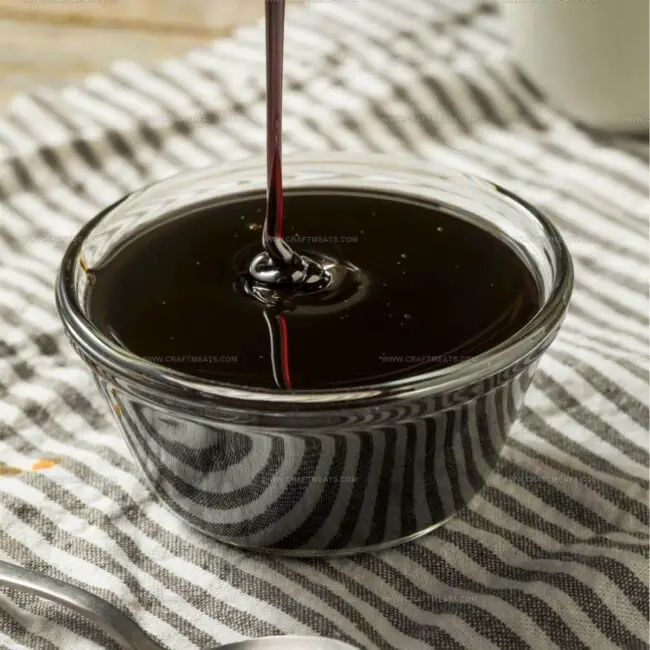


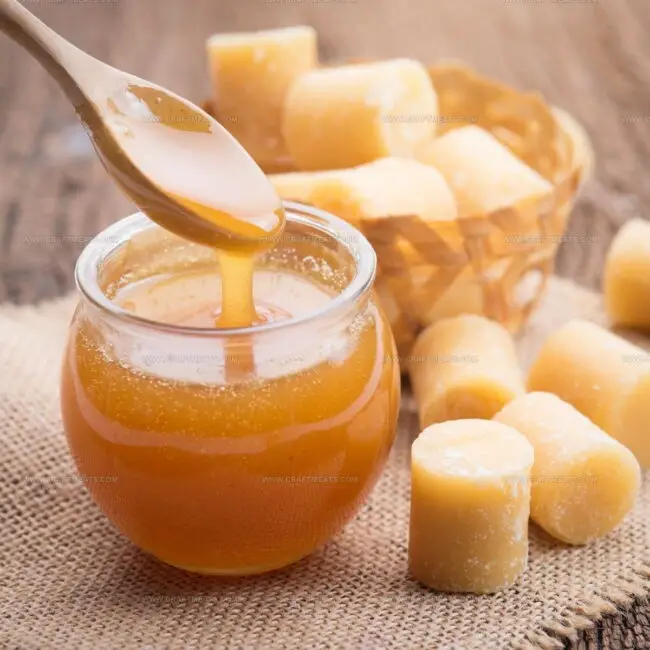
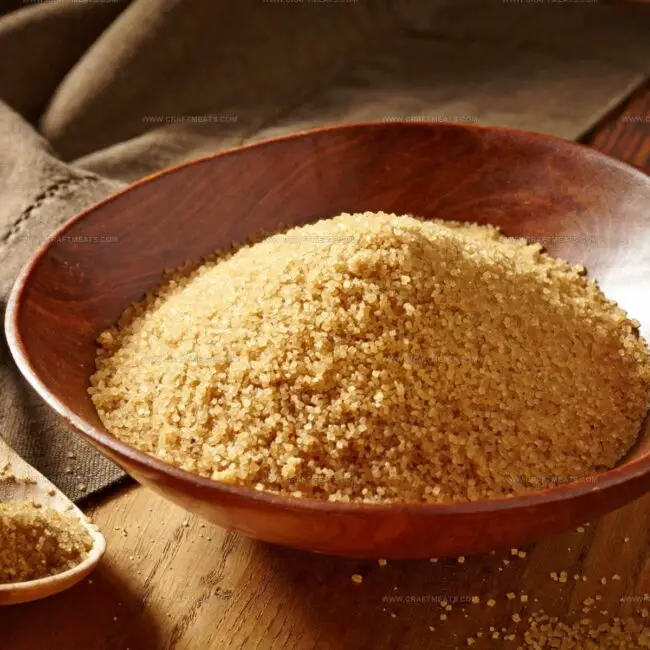
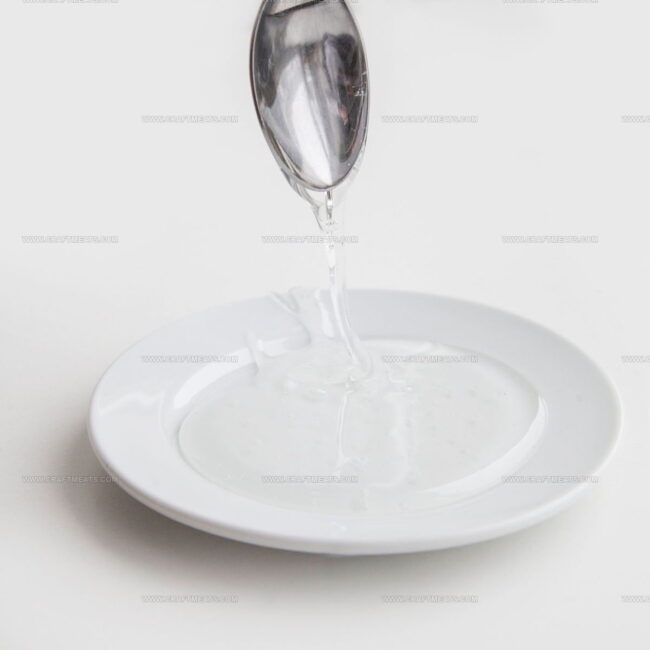
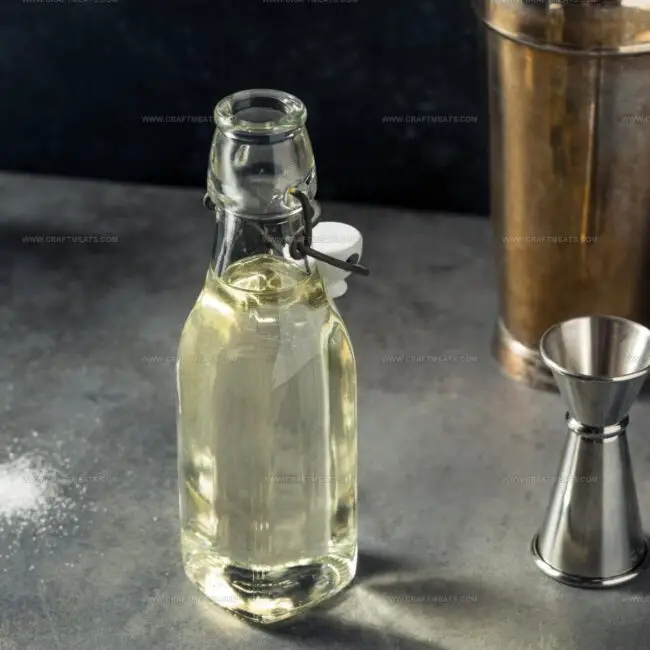
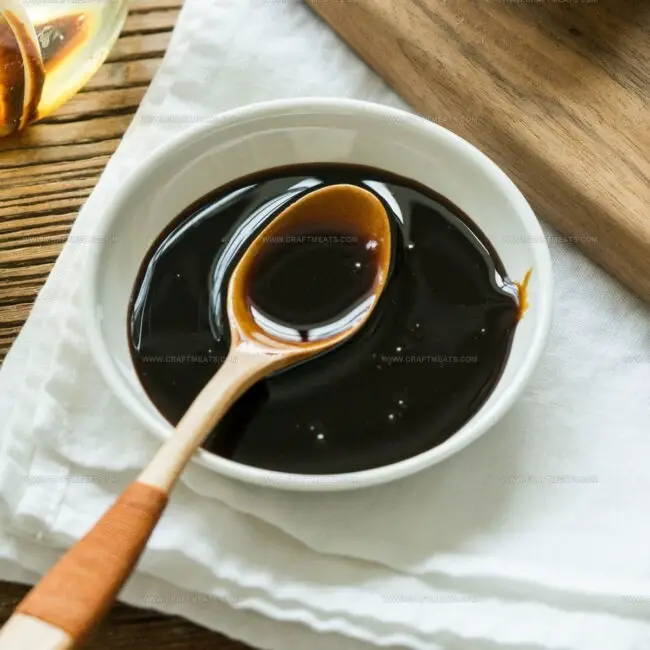
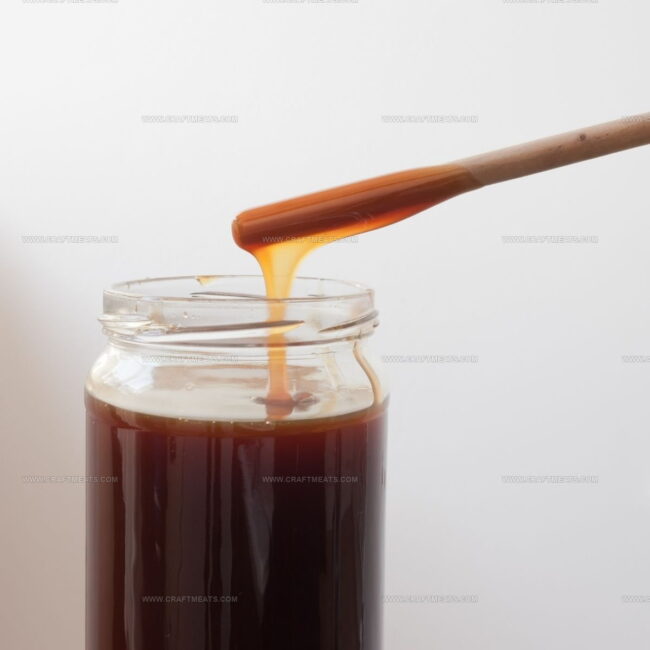

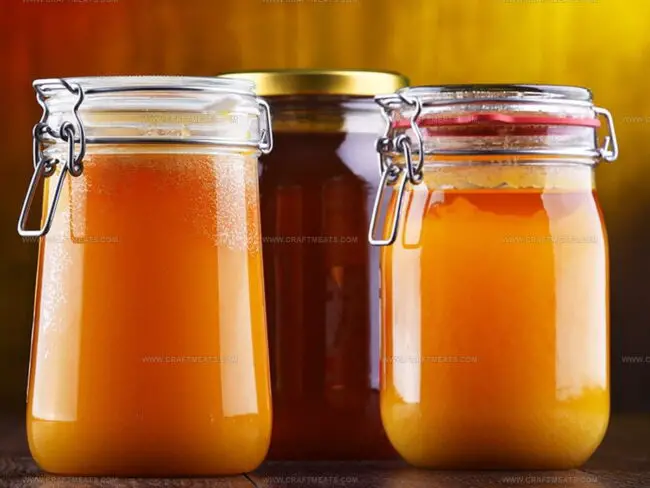
Liam O’Sullivan
Founder & Culinary Content Creator
Expertise
Recipe Development, Traditional Irish and European Cuisines, Food Styling and Photography, Culinary Education
Education
Dublin Institute of Technology (DIT) – School of Culinary Arts and Food Technology
Ballymaloe Cookery School
Isabella brings a global spark to the Craft Meats table. Born in Florence and trained at the Apicius International School of Hospitality, she blends classic Italian flavor with modern writing that’s easy to follow and hard to forget.
Her additional training at the Italian Chef Academy fueled her love for well-crafted dishes, especially ones that spotlight beautiful cuts of meat.
She’s a food writer with heart, and a deep love for storytelling through single recipes. Her goal? To help you cook with more confidence and a little more joy, no matter where you start.